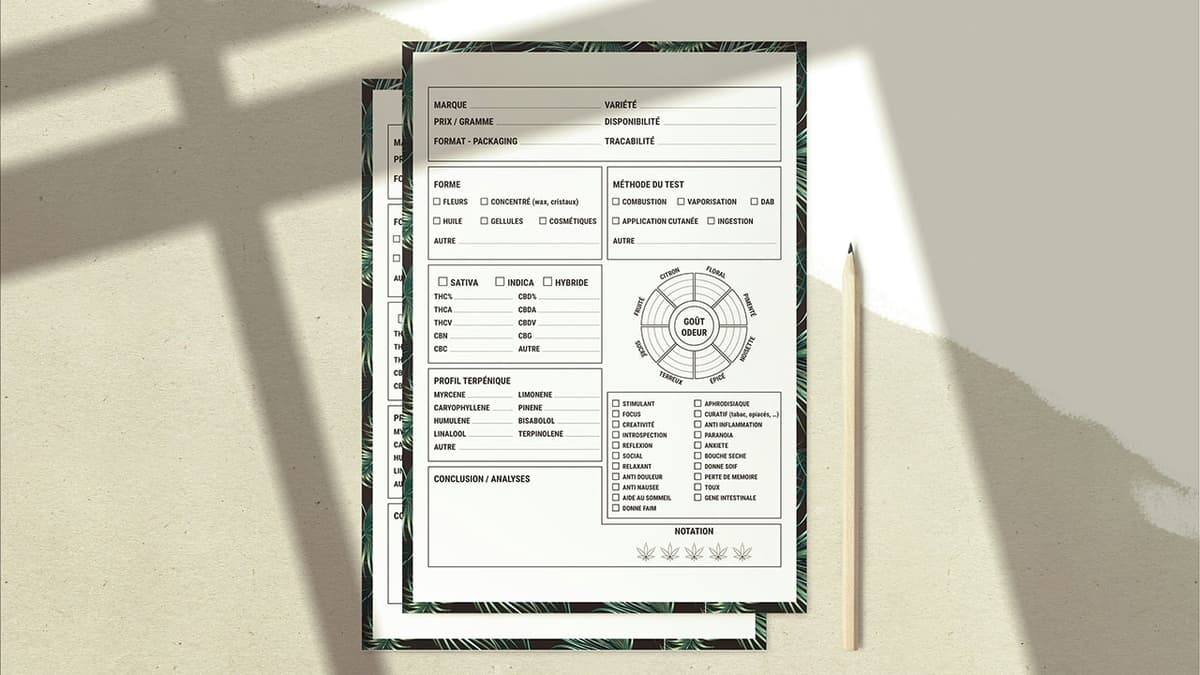Xenomorphs: Biological Feasibility and Potential Existence in Our Universe
In the realm of extraterrestrial horror, few creatures evoke fear and curiosity like the xenomorph from the Alien franchise. With its unique design, predatory instincts, and distinct life cycle, the xenomorph stands out in science fiction. Can the biology of the xenomorph withstand scientific examination? Is such a creature feasible in our universe?
Exploring the Biological Features of Xenomorphs
The xenomorph features a striking blend of organic and inorganic elements. Its external exoskeleton, made of a chitinous substance, offers formidable protection. Beneath this layer, muscular and neural tissues enable agile movements and lethal accuracy.
A key aspect of xenomorph biology is its life cycle. The creature implants an egg into a host, where the embryo undergoes a rapid transformation. This culminates in the infamous emergence from the host's chest, a scene that is emblematic of the franchise. This reproductive cycle resembles certain Earth organisms, such as parasitic wasps that lay eggs inside other insects. Nonetheless, the sheer violence of the xenomorph's method is unmatched by any known Earth species.
Physically, xenomorphs possess formidable features. Their sharp teeth and retractable inner jaws can easily tear flesh and bone. Meanwhile, their whip-like tails act as lethal weapons, capable of piercing solid materials. Additionally, their acidic blood, which can corrode metal, contributes to their status as dangerous adversaries.
Assessing the Potential for Xenomorph Existence
Can aspects of xenomorph biology exist in our universe? Some scientists propose that elements of its physiology might be possible. The scientific community does not entirely dismiss the existence of alien life. Astrobiologists actively search for evidence of life forms beyond Earth, from microbes to complex organisms.
The concept of a parasitic life cycle akin to that of the xenomorph has parallels on Earth. Certain wasps lay eggs inside other insects, manipulating the host's body to ensure their offspring's survival. While these parasites lack the gruesomeness of the xenomorph, they illustrate extreme adaptations in parasitism.
Similarly, the notion of acidic blood is not far-fetched. For instance, the bombardier beetle can produce and expel boiling chemicals as a defense mechanism. While these chemicals are not as corrosive as xenomorph blood, they indicate that extreme adaptations in bodily fluids may exist.
Creating a creature as complex and lethal as the xenomorph remains beyond our current scientific capabilities. Yet, the ongoing exploration of exoplanets and the study of extremophiles on Earth suggest that life beyond our planet may manifest in forms we have yet to comprehend.
Appreciating the Fascination with Alien Life
The possibility of xenomorphs in our universe lies within speculation. The idea of extraterrestrial life continues to inspire curiosity about the universe. The Alien franchise, with its memorable xenomorph, has significantly influenced our intrigue with the unknown.
As we investigate space and examine life on Earth, we might one day discover organisms that challenge our biological understanding. For now, the xenomorph remains a symbol of human creativity and our fascination with the mysteries awaiting beyond our planet.












